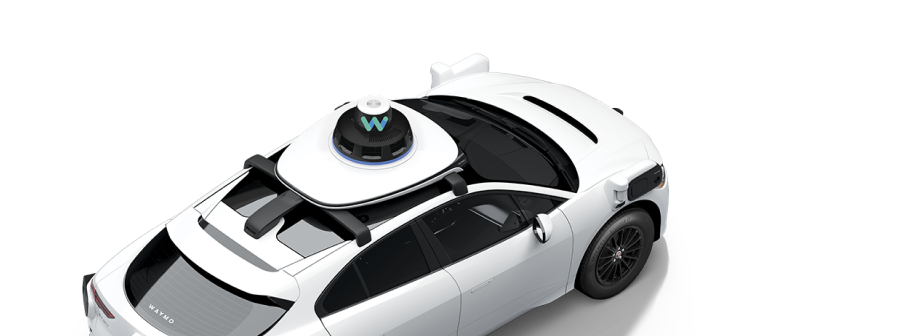Scenes from the street, December 2016
Each month we give examples of everyday situations we encounter.
On Mountain View’s Shoreline Boulevard, a delicate dance happens many times daily between drivers and pedestrians (and, of course, self-driving cars). Shoreline is one of the city’s main arteries, with 3 lanes traveling 35mph in each direction, divided by a median with trees and bushes. At many of the smaller intersections, there are big crosswalks marked by neon yellow signs, but they’re not protected by stoplights or stop signs. Pedestrians can press a button to make yellow lights flash when they want to cross, though not all do. These crosswalks can create nerve-wracking situations for drivers and pedestrians alike.
One of the biggest challenges is that a pedestrian stepping off a curb often isn’t visible to the drivers in all the lanes; they can easily be obscured by other cars or trucks. So pedestrians often start walking across, only to see vehicles continuing to zoom through. This is also stressful for drivers — they have to brake when the pedestrian comes into view, or when the cars in front of them suddenly stop for a pedestrian that they themselves might not see. Unfortunately, our self-driving car and test drivers found themselves in this kind of situation on August 20, when our Lexus AV was rear-ended.
Upon detecting a pedestrian entering the crosswalk, our car began braking autonomously and started to slow down. Our test driver, in the abundance of caution that they’re trained for, took manual control of the AV and applied the brakes, and our AV stopped safely outside the crosswalk. Our driver’s braking was firm but ordinary for this road environment. The vehicle behind us had been changing lanes to merge between our AV and another vehicle, and it crashed into our rear end. We’re guessing they’d glanced to the side or rear as they merged, and then didn’t see what was going on straight ahead of them until it was too late to stop. It was a classic road situation that’s difficult for human drivers. (You can read the details below in the report we submitted to the CA DMV.)
One of the most useful features of our system is that we can go back and replay a version of the incident as if our test drivers hadn’t intervened — in other words, we can see what the car would have done if we’d left things entirely up to the software. In this case, if the car had been left to operate autonomously, it would have stopped safely in front of the crosswalk — great. Intriguingly, though, it would have braked slightly less hard and traveled a bit closer to the crosswalk before stopping.
In other words, our software might have created some extra margin in a situation where fractions of inches and seconds mattered. To be clear, there’s no way to know this would have protected us from a collision; if someone’s driving too close, they’re still very likely to hit us. Our driver was 100% correct in hitting the brakes. But this situation highlights what computers are good at. Our software could do the math on many complicated factors all at once — pedestrian speed and trajectory, our speed and trajectory, the other vehicle’s speed and trajectory. And then it could make an extremely nuanced braking calculation and implement a very controlled response, all very quickly. We’re putting this down as an officially interesting moment in self-driving car history.


